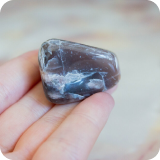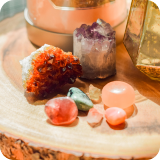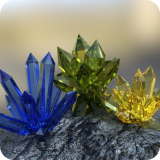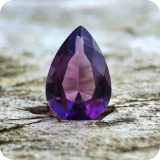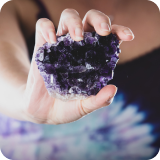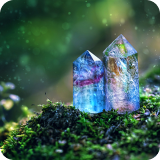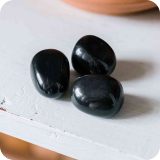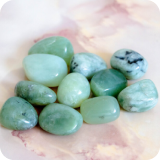- What Does Real Tourmaline Look Like?
- Types of Tourmaline
- How To Tell if Tourmaline Is Real?
- How Much Does a Real Tourmaline Cost?
- How To Spot a Fake Tourmaline?
- Can Tourmaline Be Treated or Enhanced?
- Verdict: Tourmaline vs. Fake
Did you buy a Tourmaline? Perhaps you’re wondering if you have purchased a fake. There are many Tourmaline fakes out there, as the real stone comes in various colors. What is the difference between Real Tourmaline and Fake Tourmaline? How to identify Black Tourmaline?
Real Tourmaline changes colors when viewed from different sides, does not scratch easily, has striations, and is cold to the touch. It has a glassy luster, and all Tourmalines exhibit optical illusions of pleochroism.
I’ll teach how a real Tourmaline looks with 5 tests and ways to spot the differences between a real Tourmaline and a fake Tourmaline.
I’ve added tests for Black Tourmaline identification too.
What Does Real Tourmaline Look Like?
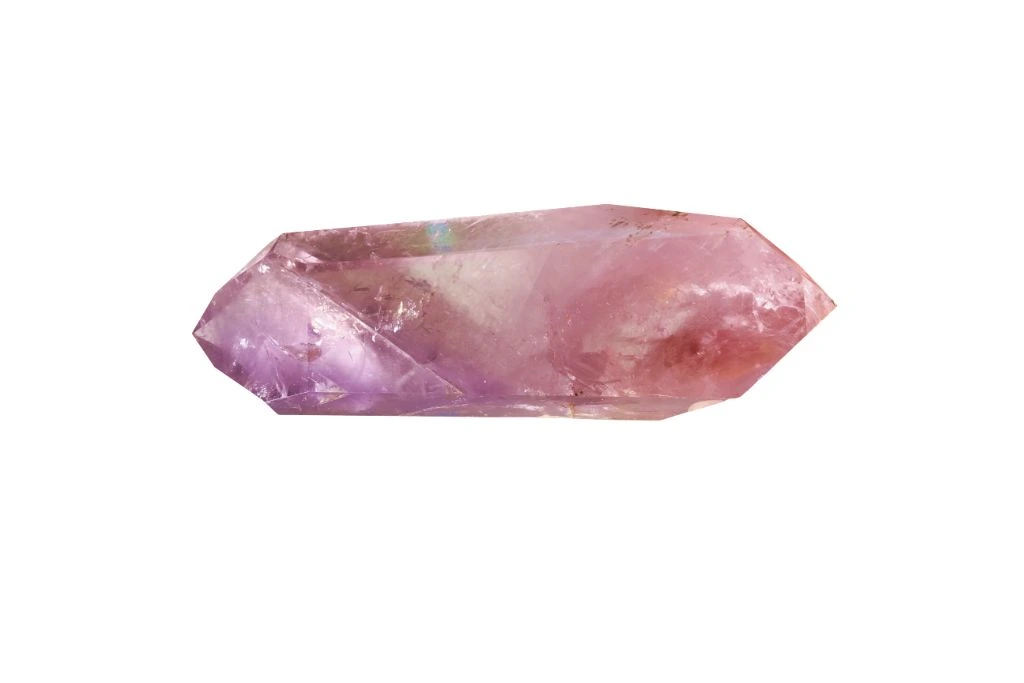
Real Tourmaline may be transparent or translucent and show many optical illusions. It’s a gemstone from the silicate group of minerals. Real Tourmaline grows in long hexagonal pencils and has a glassy appearance.
Don’t feel bad if you find it hard to identify a Tourmaline. Until the 19th century, Tourmalines were mistaken for crystals like Emerald, Quartz, Garnet, Iolite, Carnelian, Ruby, and Topaz.
The name Tourmaline originates from the Sinhalese word tōramalli, meaning colored stone or Carnelian. Since the 20th century, most of the world’s Tourmaline has come from Brazil, and it’s called Brazilian Emerald in the area.
Most of this confusion is due to Tourmalines having many colors, such as red, pink, green, black, brown, yellow, blue, purple, clear, and white.
The color variations in Tourmaline originate from impurities like sodium, chromium, potassium, iron, magnesium, aluminum, or lithium.
As a healing crystal, different colors of Tourmaline open different chakras.
For instance, Red/Black Tourmalines open the Root Chakra, Colorless/White Tourmalines open the Crown Chakra, and Pink/Green Tourmalines open the Heart Chakra.
Read more about the 7 chakra meanings and colors to identify different colors and uses of Tourmaline.
There’s a Tourmaline for every physical, emotional, and spiritual benefit. Did you know Native American cultures used Pink and Green Tourmaline crystals as funeral gifts?
Types of Tourmaline
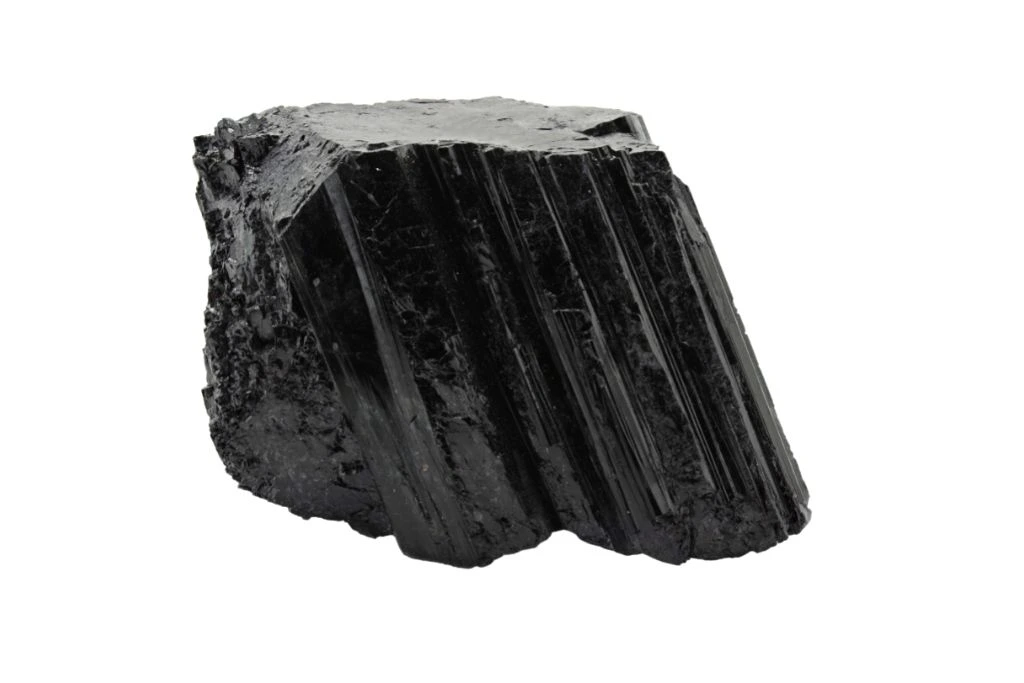
Did you know Black Tourmaline is a borosilicate? The Borosilicate family also includes Howlite, Dumortierite, and Watermelon Tourmaline.
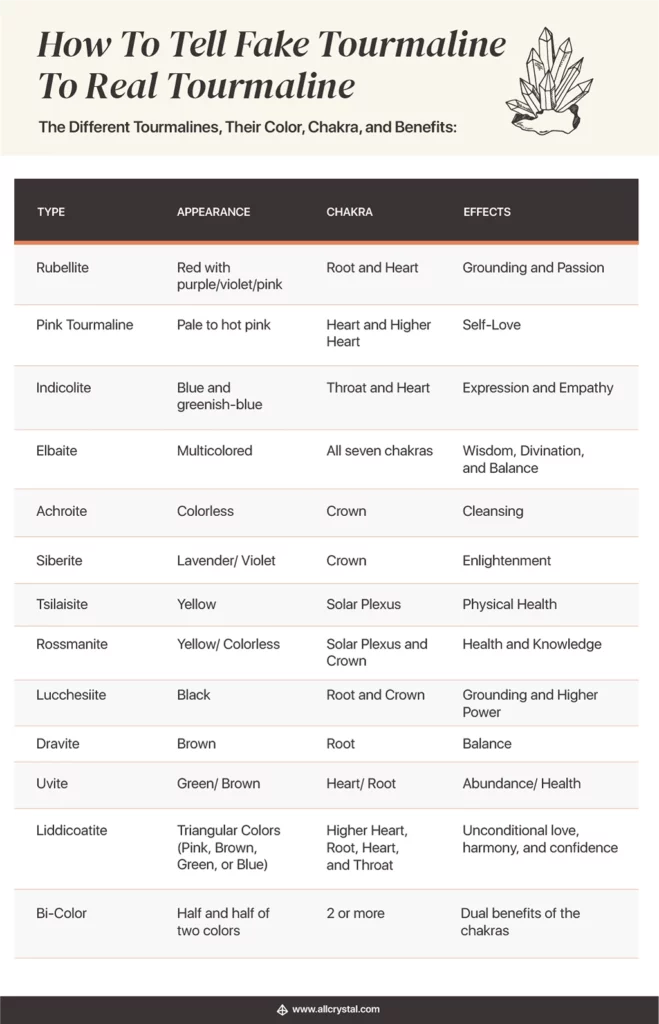
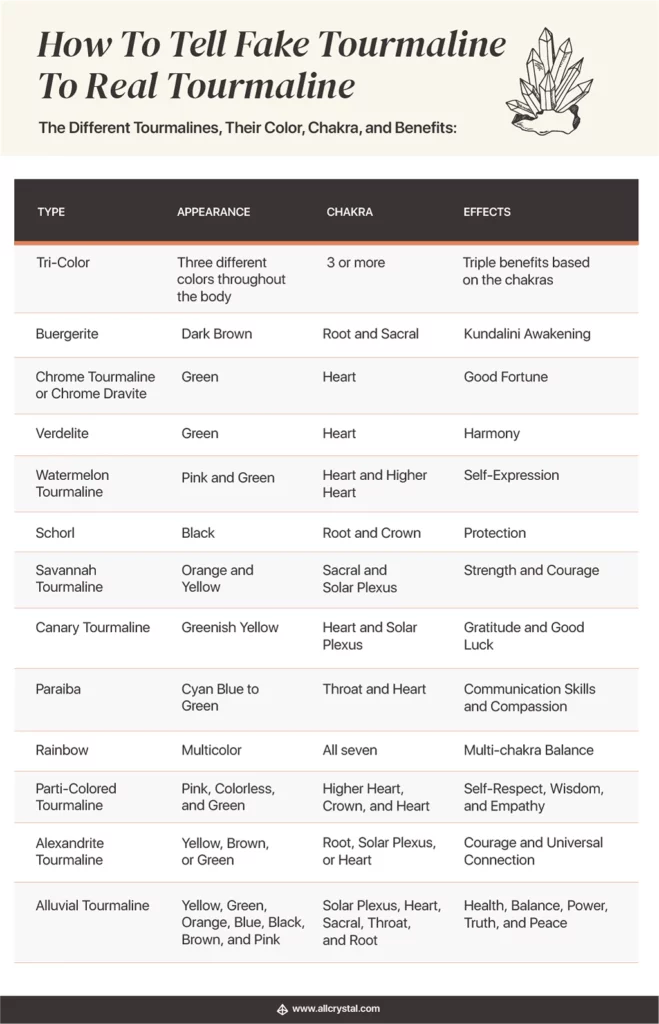
How To Tell if Tourmaline Is Real?
Did you know Tourmaline attracts ashes when heated? Hence, Tourmaline was called ash drawers or aschentrecker by the Dutch Navigators in the 18th Century. However, that’s just one way to determine if your Tourmaline is authentic.
Here are five simple techniques to tell if your Tourmaline is real:
1. Scratch Test
Real Tourmaline crystals aren’t easily scratched because of their high hardness scale.
- Take a steel knife.
- Scratch one side of your Tourmaline with the knife.
- Scratch the flat side of the knife with the Tourmaline.
If you have a real Tourmaline, the knife will get scratched by the Tourmaline.
If you have a fake Tourmaline:
- The crystal will get scratched by the knife.
- The Tourmaline won’t affect the knife.
2. Touch Test
Real Tourmaline feels cold to the touch with rounded edges, grooves, and ridges. ake Tourmalines will feel warm and real ones will remain cold even after holding them.
3. Light Test
Tourmaline crystals will show different colors when seen under different light sources. You can check if your Tourmaline is real by checking if it changes colors from different angles when placed under a lightbulb.
4. Real vs. Fake Black Tourmaline Test
How to spot fake Black Tourmaline?
All you need to do is hold the Black Tourmaline stone under a bright light. If it shows a red or brown tone under the light, you have a real Black Tourmaline.
The maroon tone you see is from the Hematite inclusions in the crystal. If it’s not there, you have a fake Black Tourmaline. Moreover, Black Tourmaline hardness is high enough to prevent getting scratched by steel and glass.
5. Camera Test
Another way to ensure you have an authentic Tourmaline is by taking pictures of the crystal from different sides or angles to check for varying colors with your mobile camera. If the stone shows a color change, it’s a real Tourmaline.
How Much Does a Real Tourmaline Cost?
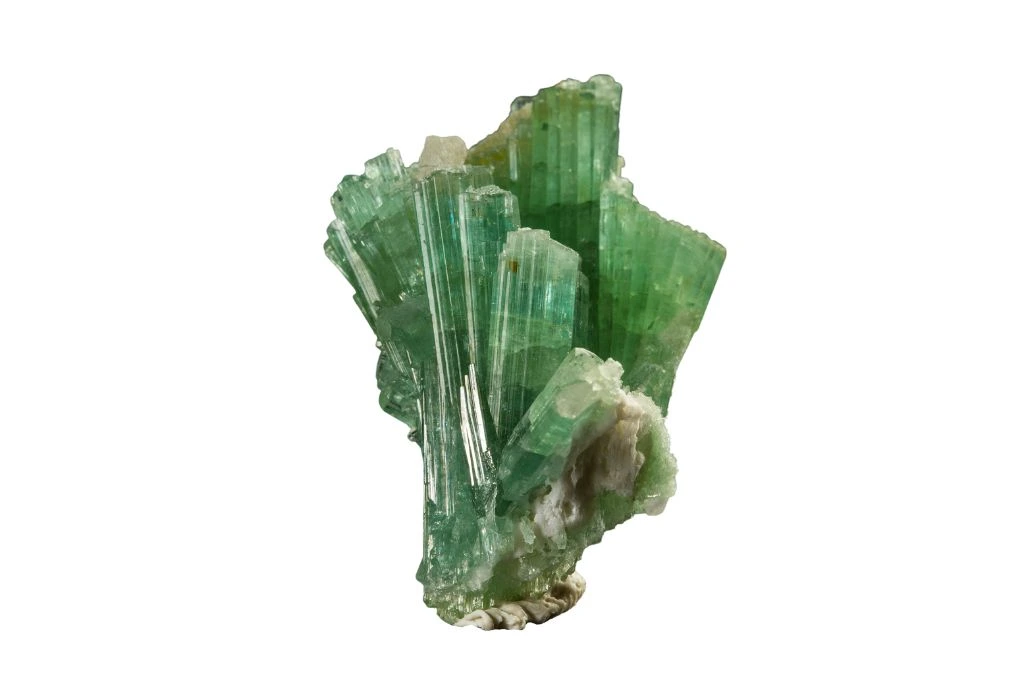
Real Tourmalines have different price ranges. On average, they cost $4 to $750 per carat. If the Tourmaline is rare, large, or extraordinary, it might cost $1,000 to $50,000 per carat.
How To Spot a Fake Tourmaline?
Spotting real Tourmaline isn’t easy unless you’re an expert or a gemologist. Depending on who you’re buying from, scammers may use Glass, Topaz, or Apatite to make fake Tourmaline.
Origin of Real Tourmalines
One of the telltale signs of a fake Tourmaline is rare origination countries. Get the information on where your Tourmaline originates from the seller before finalizing a purchase.
Crosscheck it against the real origins of Tourmaline varieties.
Here’s a cheat sheet of Tourmaline origins:
- Sri Lanka/ Ceylon: Yellow and Brown Tourmalines.
- Myanmar: Rubellite, Elbaite, and Uvite.
- Russia: Red, Blue, and Pink Tourmalines.
- Namibia: Black, Green, and Watermelon Tourmalines.
- USA: Watermelon, Red, Pink, and Green Tourmalines.
- Brazil: All colors of Tourmaline, including Paraiba Tourmaline, are found in Brazil.
- Nigeria: Watermelon, Red, and Paraiba Tourmaline.
- Tanzania: Indicolite, Dravite, Black Tourmaline, and Chrome Tourmaline.
- Madagascar: Indicolite, Black Tourmaline, and Watermelon Tourmaline.
- Afghanistan: Indicolite, Pink Tourmaline, Watermelon Tourmaline.
- Zambia: Canary Tourmaline.
- India: Black Tourmaline.
- Czech Republic: Rossmanite, Elbaite, and Pink Tourmaline.
- Mozambique: Black Tourmaline, Paraiba, and Pink Tourmaline.
Color of Authentic Tourmalines
Have you noticed any color zoning in your Tourmaline stones? A type of inclusion where some colors congregate in zones, diagonals, or the length of the stone is called color zoning.
Tourmaline is widely used as a mood stone. You can determine if you have a real Tourmaline by checking its color under different light sources. Some may even have concentric or layered zoning along the length of the crystal.
Fake Tourmalines will remain the same color no matter how many lights or angles you change.
Luster and Texture of Real Tourmalines
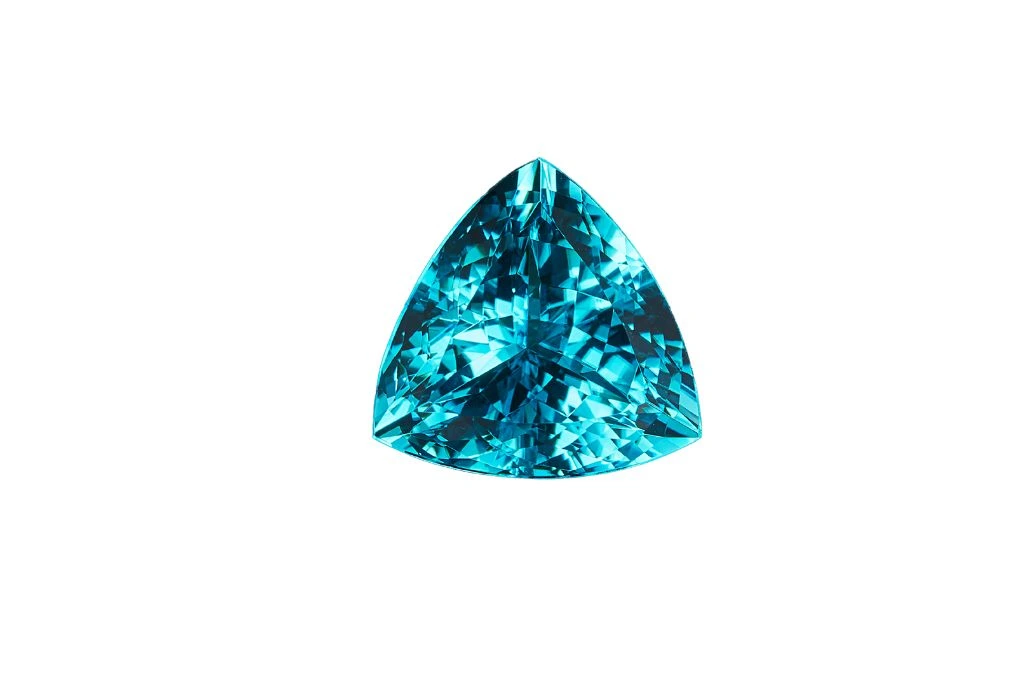
Tourmalines have a highly-shiny luster that looks like glass. Some Tourmalines were used as mirrors for this reason.
Tourmaline is transparent or translucent and never opaque. If the seller says the crystal doesn’t have a glassy sheen because it’s a unique variety with a metallic or matte sheen, RUN!
Inclusions in Real Tourmalines
Authentic Tourmaline crystals show three inclusions: feather, fingerprint, and crystal. Get a 10x loupe and observe the impurities or flaws in the crystal for any of these inclusions.
Bonus tip: Most Tourmaline crystals have fine hair-like inclusions.
Optical Illusions in Real Tourmalines
We talked about Tourmaline showing different colors from different sides above. This ability of Tourmaline is called pleochroism.
The camera and light tests work well to set apart a real Tourmaline from a fake because of its pleochroism.
As a bonus tip, remember Green and Brown Tourmalines are highly-pleochroic. Nevertheless, all types of real Tourmalines show Pleochroism.
Did you know Pleochroism results from light reacting to the crystal rather than its color? Some varieties of Tourmalines show the cat eye effect or chatoyancy by bending the artificial light in the center.
Can Tourmaline Be Treated or Enhanced?
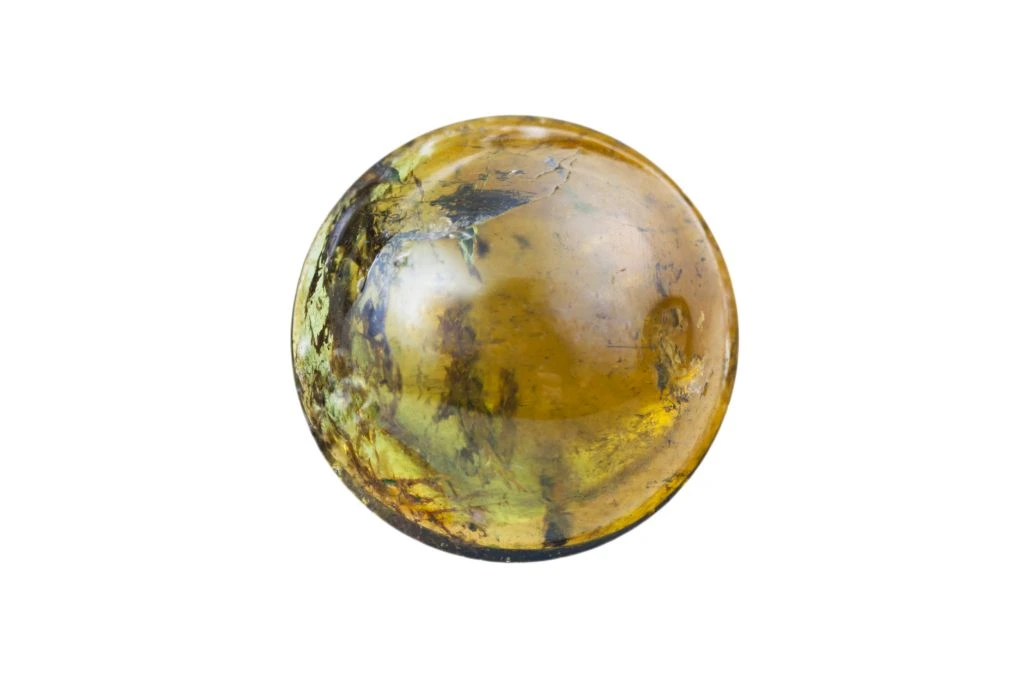
Yes, most Tourmaline crystals are enhanced by heating. Typically, dark-colored Tourmalines change to a lighter, brighter, and more vibrant shade. Besides heat-treating, manufacturers also irradiate or oil Tourmalines to hide blemishes, fractures, and flaws.
Verdict: Tourmaline vs. Fake
Did you know Tourmaline varieties open all the primary chakras? That’s because Tourmaline comprises all colors associated with the seven major chakras.
We learned how to check the authenticity of your Tourmaline by determining its color, texture, luster, optical illusions, Mohs hardness, and comparing it against a Real Tourmaline.
Here’s a summary of the tests and tips we learned to determine a real Tourmaline:
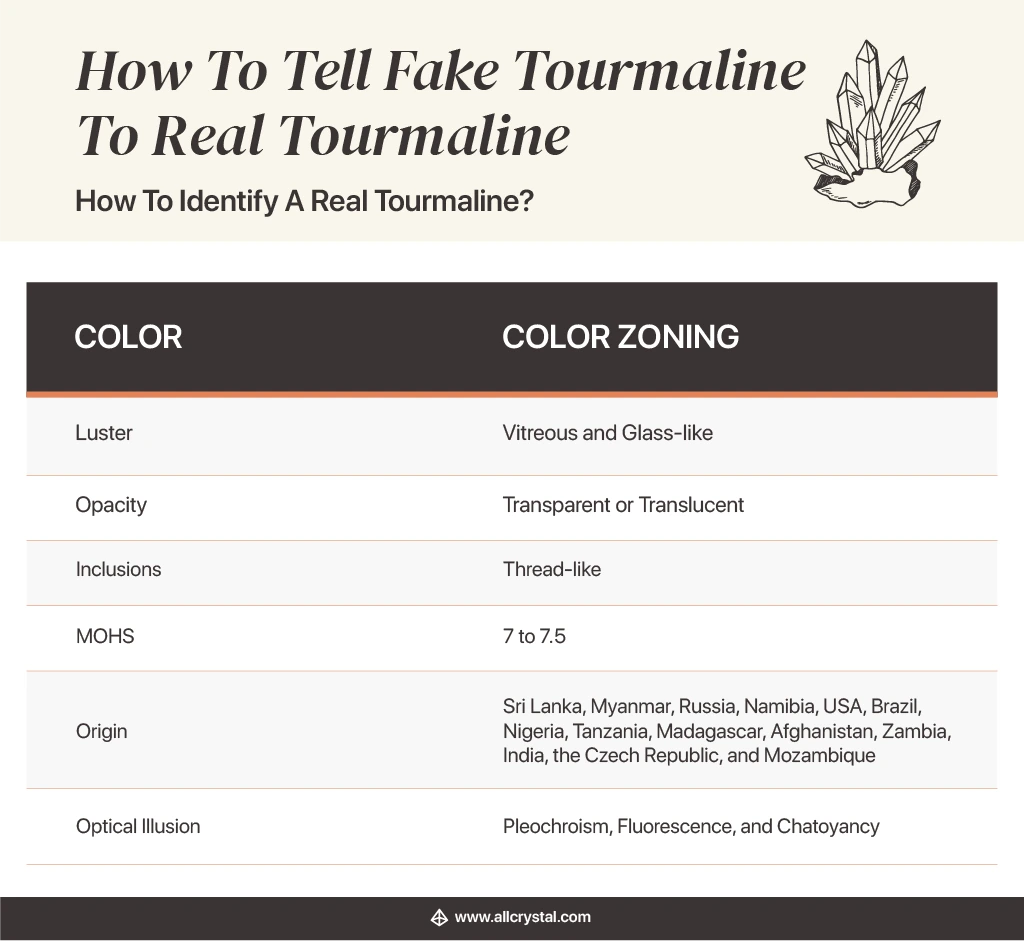
If this does not work, consult a gemologist or get an appraisal before buying the crystal.
Discovering if your Moldavite is genuine or not can be a confusing process. Here’s how to tell with confidence.


